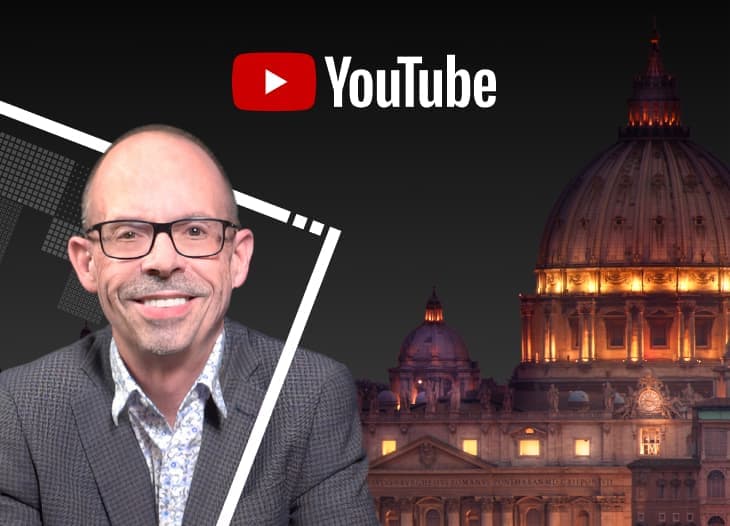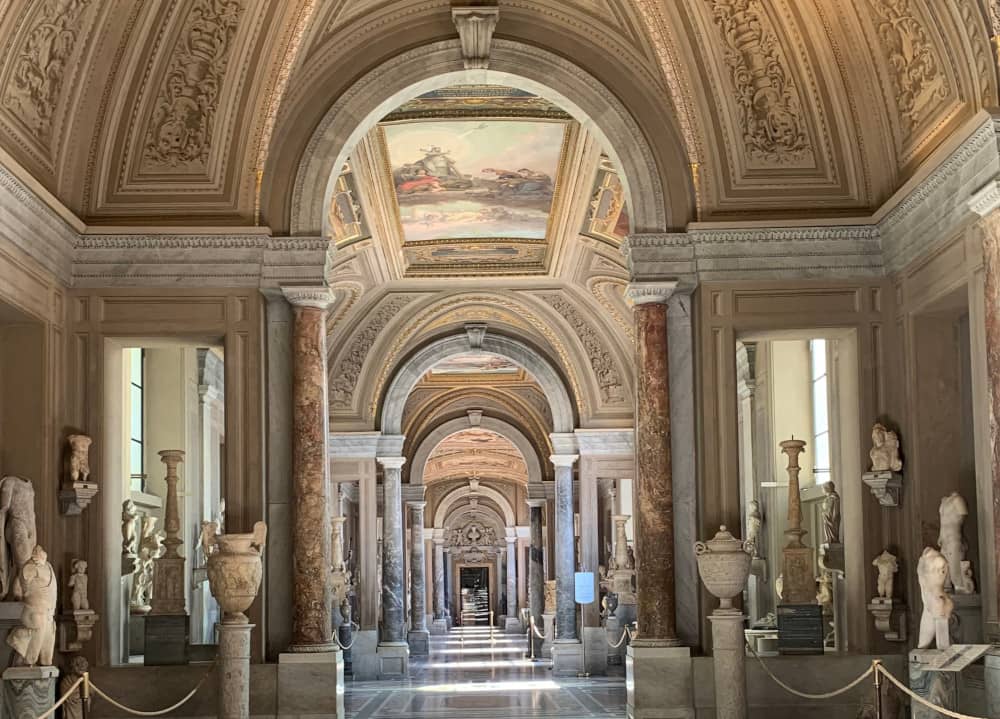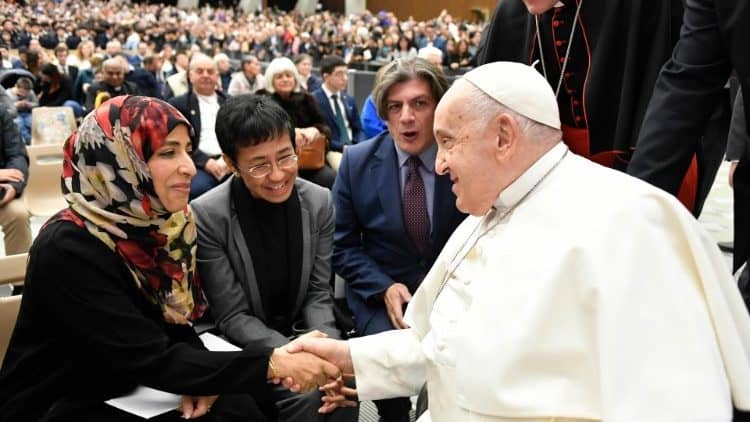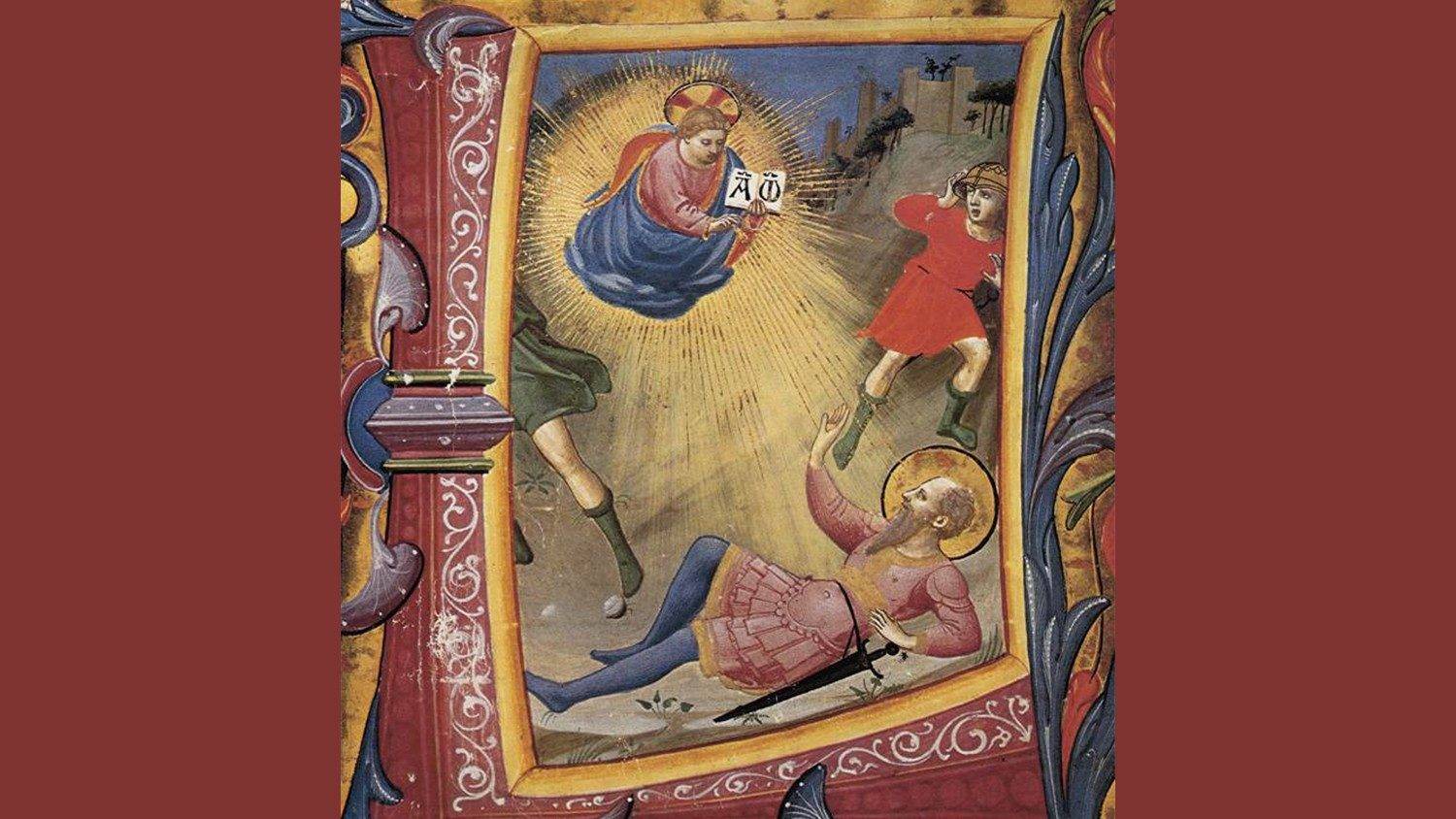The contemporary public image of Pope Francis as a joyful freewheeler is hard to reconcile with the austere spiritual director the Jesuits knew thirty years ago when he was rector of their formation house, the Colegio Máximo, an hour out of Buenos Aires.
For an example of that austerity, consider a cycle of six largely unknown meditations Jesuit Father Jorge Mario Bergoglio gave in a week-long retreat to Jesuits in the early 1980s, entitled simply ‘Considerations for the time of Christmas.’
The retreat turned on three themes: Constancy, silence, and tenderness, which were evoked, he said, in three images of the Incarnation story in St. Ignatius’s Spiritual Exercises: the crib with Mary and Joseph, the history of salvation through the story of the martyrs, and the silence in which the history of Christmas comes to birth.
Bergoglio saw perseverance — constancy under trial — as the grace of Advent: A time of patient expectation in which the loyalty of disciples was tested. In a meditation on the New Testament Greek verb hypoménein (“to remain under”), Bergoglio spoke of the vital quality of remaining firm, not to win a single battle but to undertake a long war of resistance.
“Christians are divided into two types,” he told the Jesuits. “Those who remain firm, and those who don’t. The second type has been seduced.” The seduction, he explained, following St. Ignatius, was either direct, indirect (when the bad spirit appears under the guise of an angel), or, when these fail, a direct attack from the outside: through calumny, defamation or misunderstandings.
We are not alone, he told them, but belong to a family: The Church. “At the heart of this family are doctrine, security, and the tenderness which it produces.”
With the ferocity of a desert father, his reflection on silence invited the Jesuits to consider how mass media created a seductive deluge of sweet-sounding or furious words “that seek noisily to take up space in our hearts and contribute nothing to truth.”
He contrasted the Word of God that created the universe and the words by which we are surrounded, which have been “disempowered of their creative force.”
“If there is no solitude, there is no silence,” he added sternly, “and without either there is no truth,” only “the vanity of anti-silence.” Although Jesuits were obliged to speak as part of their “apostolic mission” — they are not monks — if in their speaking they lacked “the core of silence that makes us pilgrims” they would end up, he warned, “corrupted by the spirit of the world.”
Silence was the prerequisite for the eruption of the Word in history, he said, before inviting the Jesuits to contemplate how the Word “becomes tenderness in the womb of a Mother who ‘pondered all these things in her heart’.”
The austerity of Bergoglio’s meditation is in the way he links the Incarnation to the Crucifixion, following the Exercises. “Saint Ignatius expressly puts the Cross in the crib,” he points out.
In his contemplation of the birth of Christ, he sees a parallel between the silence of the crib and that of the Cross: The patience and kindness of God manifest in the silent dignity of the “humiliated Christ”: “The ‘incarnate’ silence of the Word is expressed in the moment of injustice, of humiliation, of dumbfoundedness, of the time of the power of darkness,” he says.
In ‘The desire to be kind,’ Bergoglio reflects on the grace of the crib, which is to produce that desire for goodness (or ‘kindness’ — bondad in Spanish means both).
To approach the crib, he said, is to get close to “the incarnation of the supreme kindness”:
“Jesus is patient and obliging. He who does not know envy is not torn apart by the temptation to boasting or conceit. And he is so restrained that he does not seek his own interest, does not get annoyed, takes no account of evil, takes no joy in injustice and is joyful at truth. Jesus excuses all, believes all, waits for all, bears all. The kindness of Jesus knows no limits and does not wane.”
The crib makes us realize, he adds, that the true basis for everything is found in a different direction from what we imagined. The magi, he points out, “change direction and save the life of the Child, because beforehand the Child had saved them from the deceit of Herod by showing them the change of direction in their lives.”
Hence the three kings are the archetypes of faith, “because they believed more in the kindness of God incarnate in the Child than in the superficial gloss of power.”
Bergoglio’s final meditation, ‘Year End,’ is on unity and belonging — one of his constant themes at the time — which is doubly interesting in the light of this year of, at times, sharp divisions within the Catholic commentariat over his papacy.
He identifies two temptations that undermine the unity of the body: On the one hand, eirenicism — wanting peace at any price — and on the other, the polarization of contradiction. In both cases, the diabolos is at work: Ignoring choices that must be made in the first, while accentuating unnecessary divisions in the case of the second.
“True unity,” he says, “goes hand in hand with the confession of doctrine. When the Church affirms doctrine, only then does the true schism appear. On the other hand, when it’s about secondary questions, or disputed or superficial matters, the spirit of division is often disguised.”
The doctrine of the body of the Church, he adds, “is the criterion of discernment of unity.”
In other words, when the Church proclaims the truth of its doctrine, it will cause divisions, because truth demands choices. But when divisions occur over secondary issues, it is less easy to spot the diabolos at work.
As “men who belong to a body” — he presumably means the Jesuits, although it would be true of all members of the Church — Bergoglio says that “our deepest identity is given by our sense of belonging,” an identity that allows them/us to confront the inevitable crises in all institutions.
That belonging, he says, comes about through learning to put the interests of the body above our own, trusting that “the things of God always add; they do not take away, but call together” and that this is what it meant to have “the heart of son, brother or father … learning always to add.”
He ended as he began: With an austere call to the Jesuits to make an end-of-year review of their commitment to prayer, simplicity of life and apostolic fervor, the last of which he defined as “the interior fervor which leads to the apostolate and allows you to discover the Cross and accept it with love.”
‘Consideraciones para el tiempo de Navidad’ were published in Jorge Mario Bergoglio, Reflexiones Espirituales sobre la Vida Apostólica (Buenos Aires: Ed Diego de Torres, 1987)













